Citrus Leprosis Facts
- Nonsystemic virus, does not move throughout the tree.
- Spread by various flat mite species (Brevipalpus spp.).
- Primarily affects sweet orange and mandarin varieties, but other varieties can be affected.
- Limes are known to be asymptomatic, possibly resistant.
- Lesions are the result of the virus being injected by flat mite feeding.
- Disease management begins with managing the mites.
Fruit Symptoms
- Early symptoms are chlorotic lesions on fruit (see other side).
- Early lesions on fruit are flat, generally circular with early stages of necrosis.
- Older necrotic lesions turn rusty-red to brown with depressed centers and surrounded by a yellowish halo in immature fruit.
- Older lesions can exhibit concentric green rings within the lesion (also called zone pattern).
- Under high temperatures, the necrotic center may crack.
Leaf Symptoms
- 1 to 3 centimeters (0.39 to 1.2 inches) in diameter on both sides of the leaf.
- Start as chlorotic circular lesions.
- Later become brown in color with pinpoint pattern on yellow background.
- Lesions on leaves are usually flat but later become slightly raised.
Stem Symptoms
- Early stage, shallow lesions on stem.
- Reddish-brown color and are irregular, raised.
- Older lesions cause corky, scaly bark.
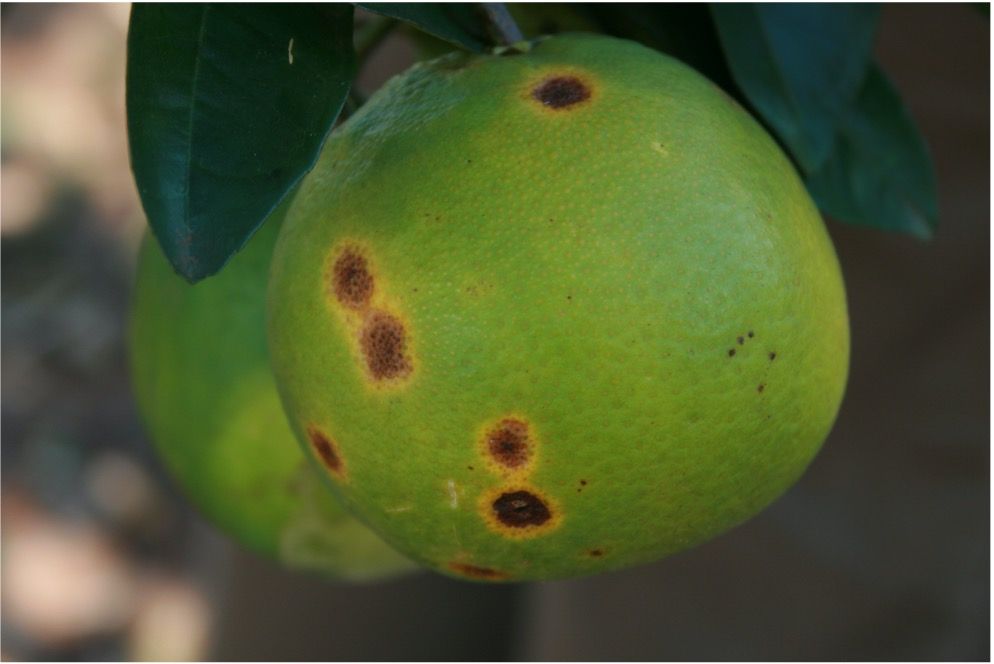
Credit: UF/IFAS
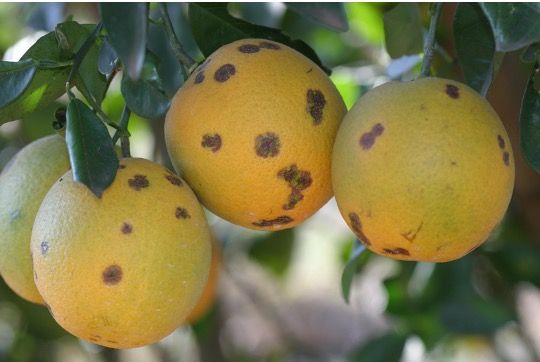
Credit: UF/IFAS

Credit: UF/IFAS

Credit: UF/IFAS
Leprosis lesions are localized, and the virus does not move throughout the tree.
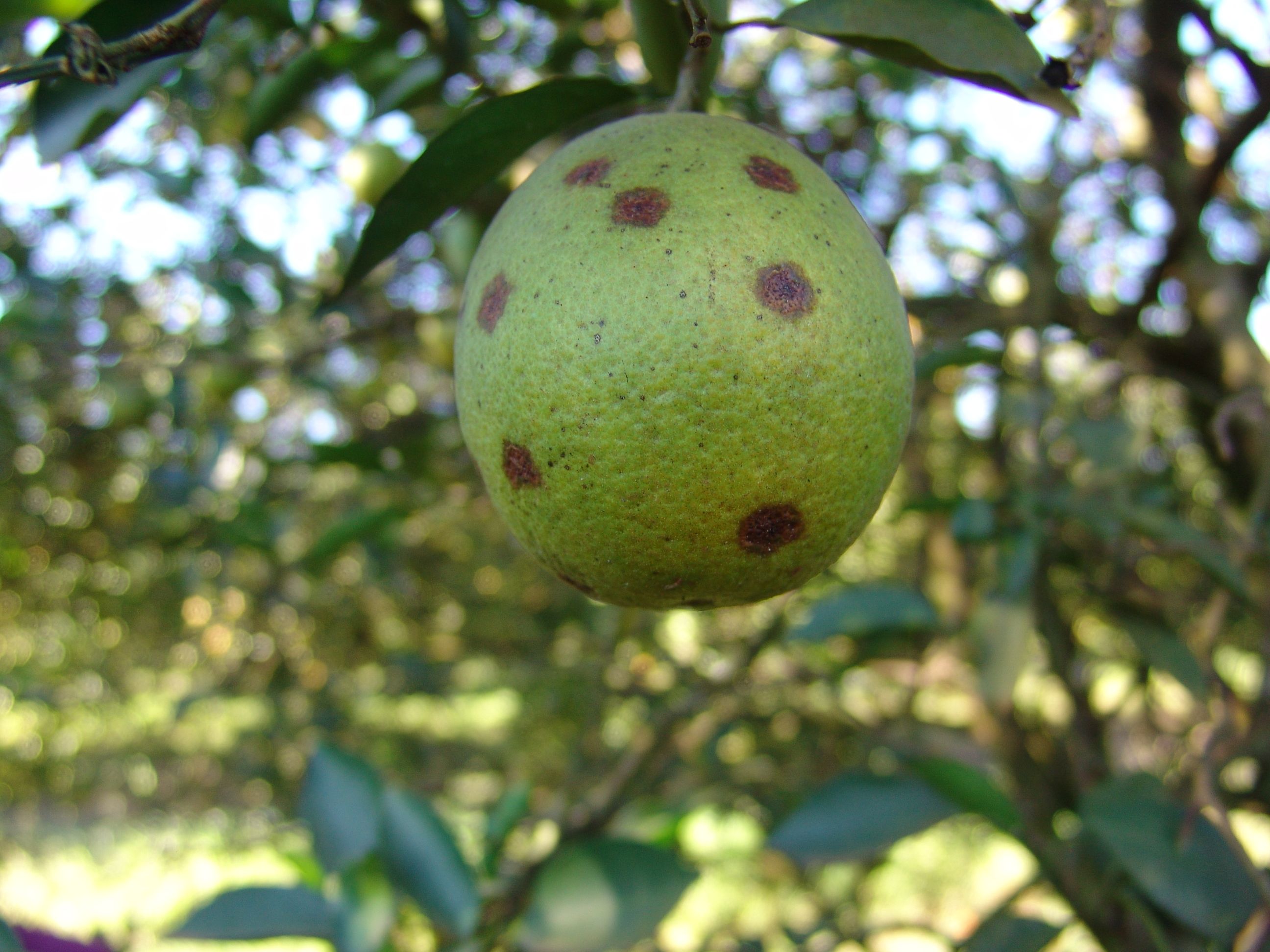
Credit: UF/IFAS

Credit: UF/IFAS
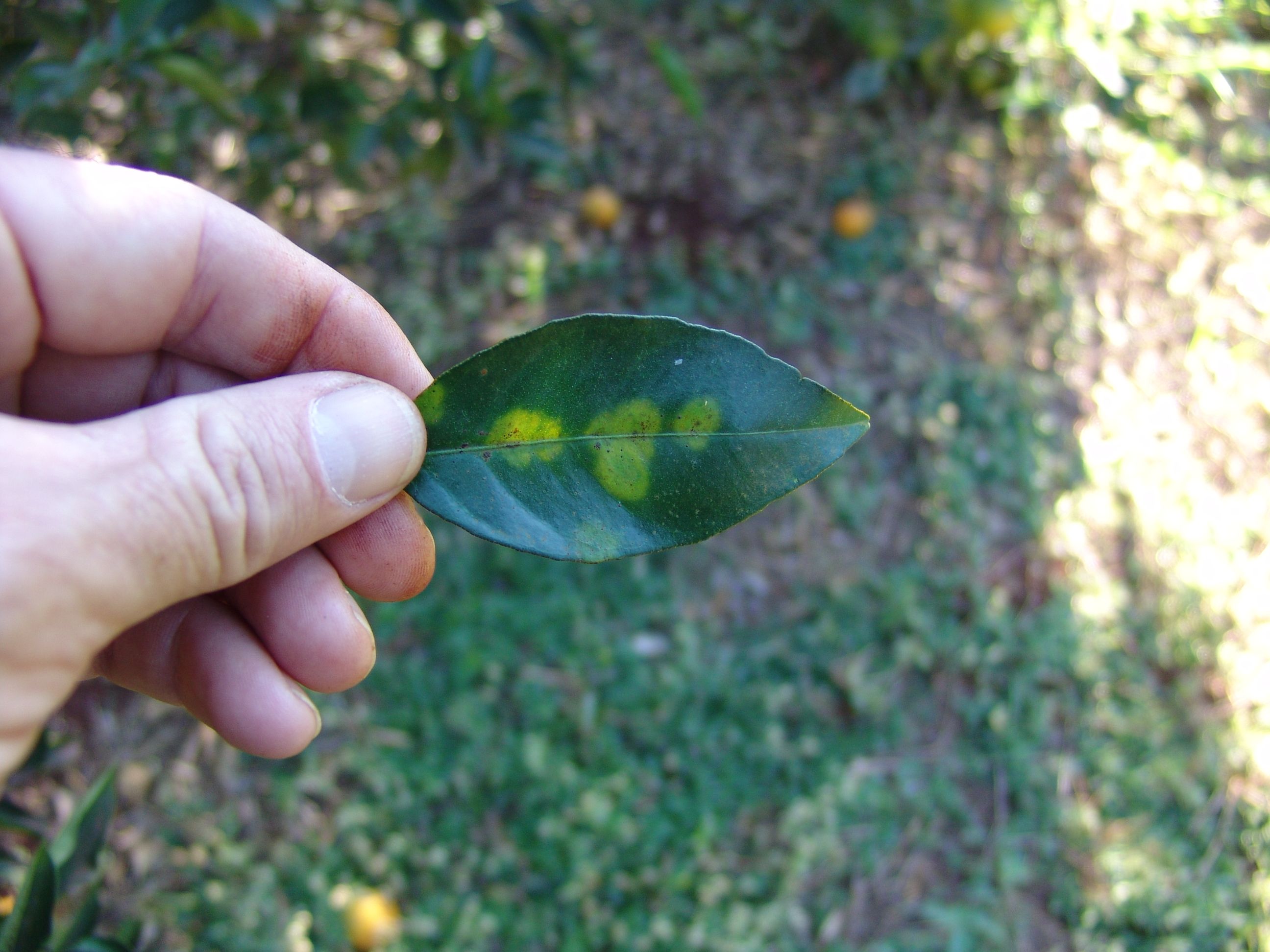
Credit: UF/IFAS
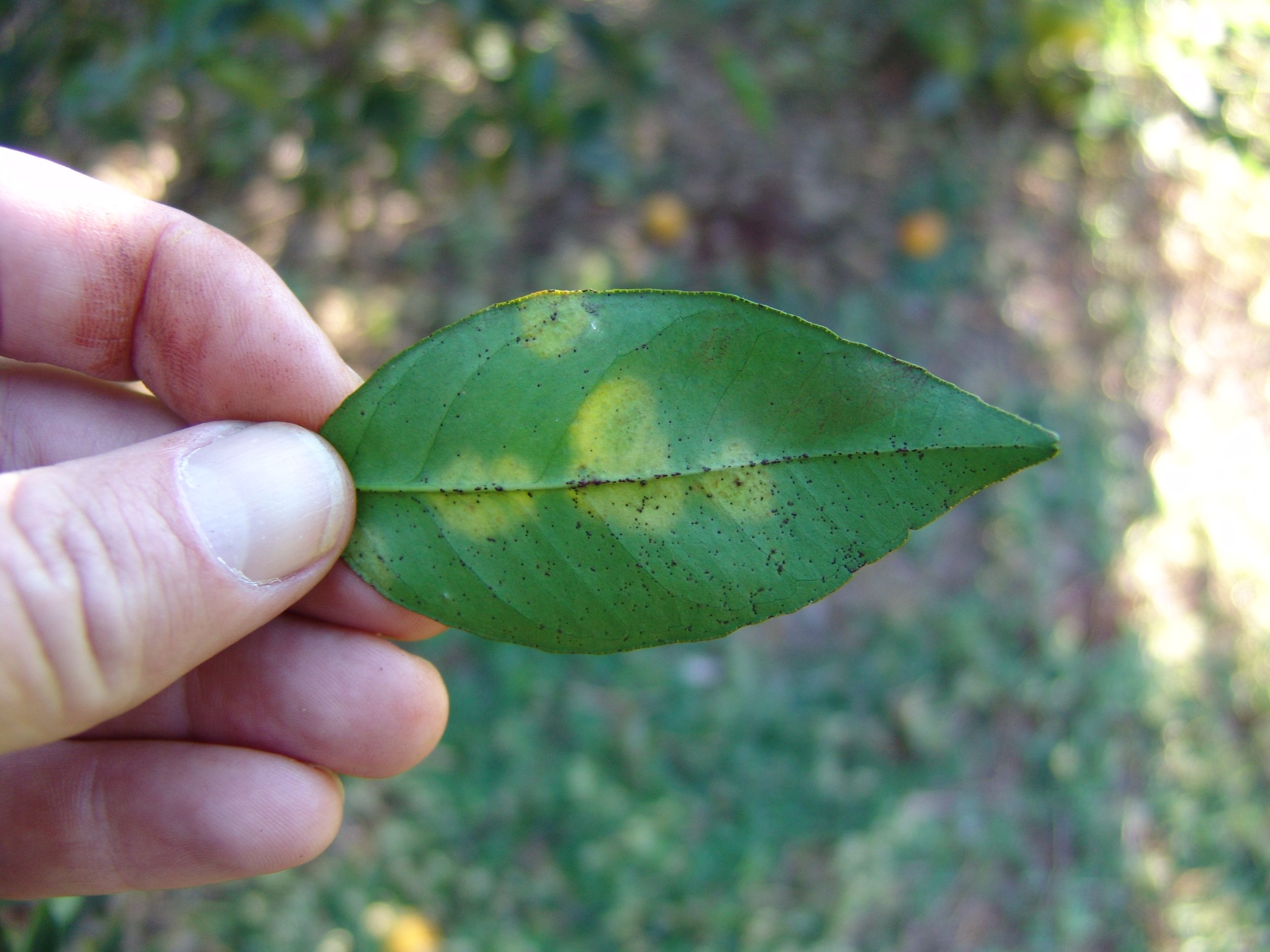
Credit: UF/IFAS
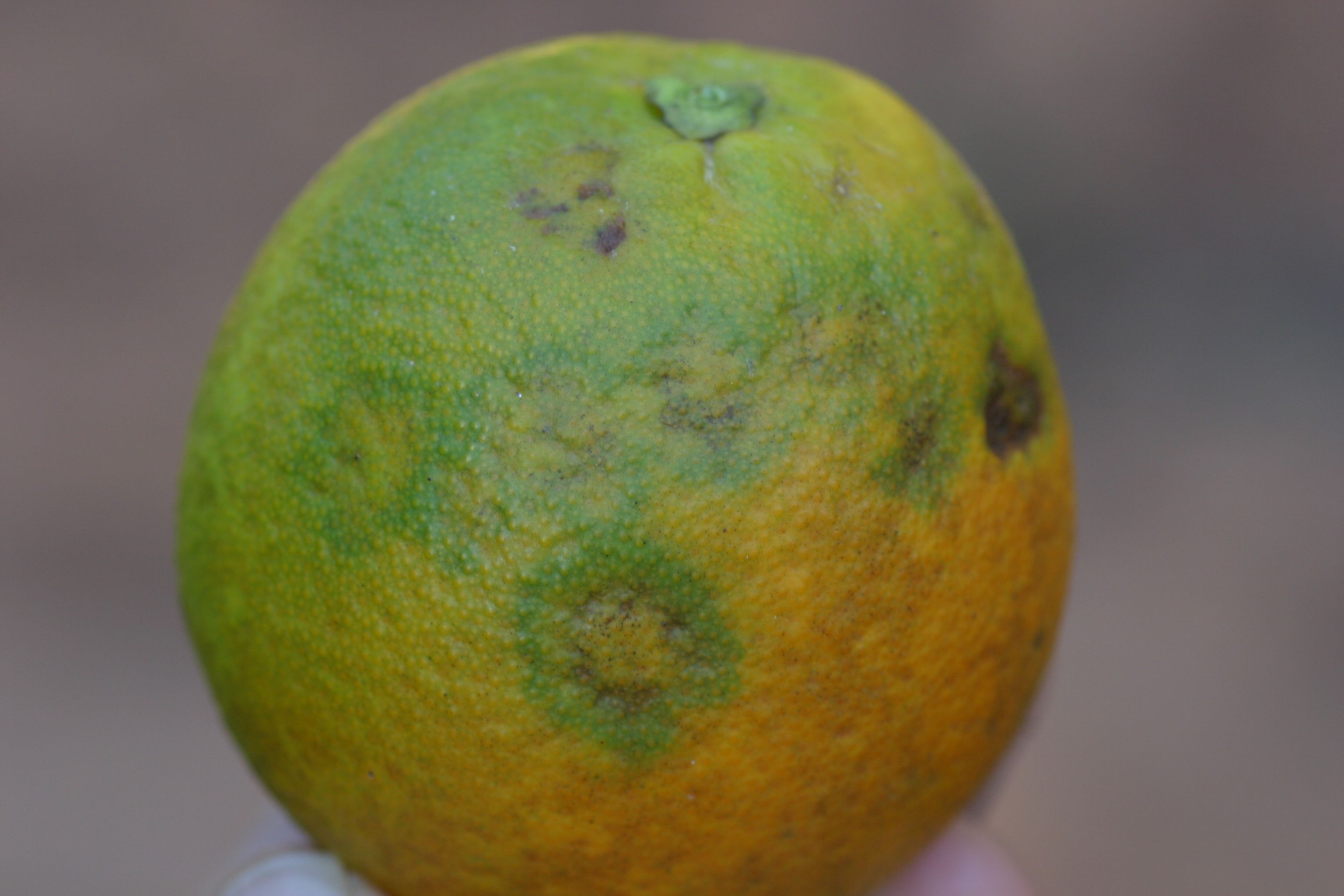
Credit: UF/IFAS
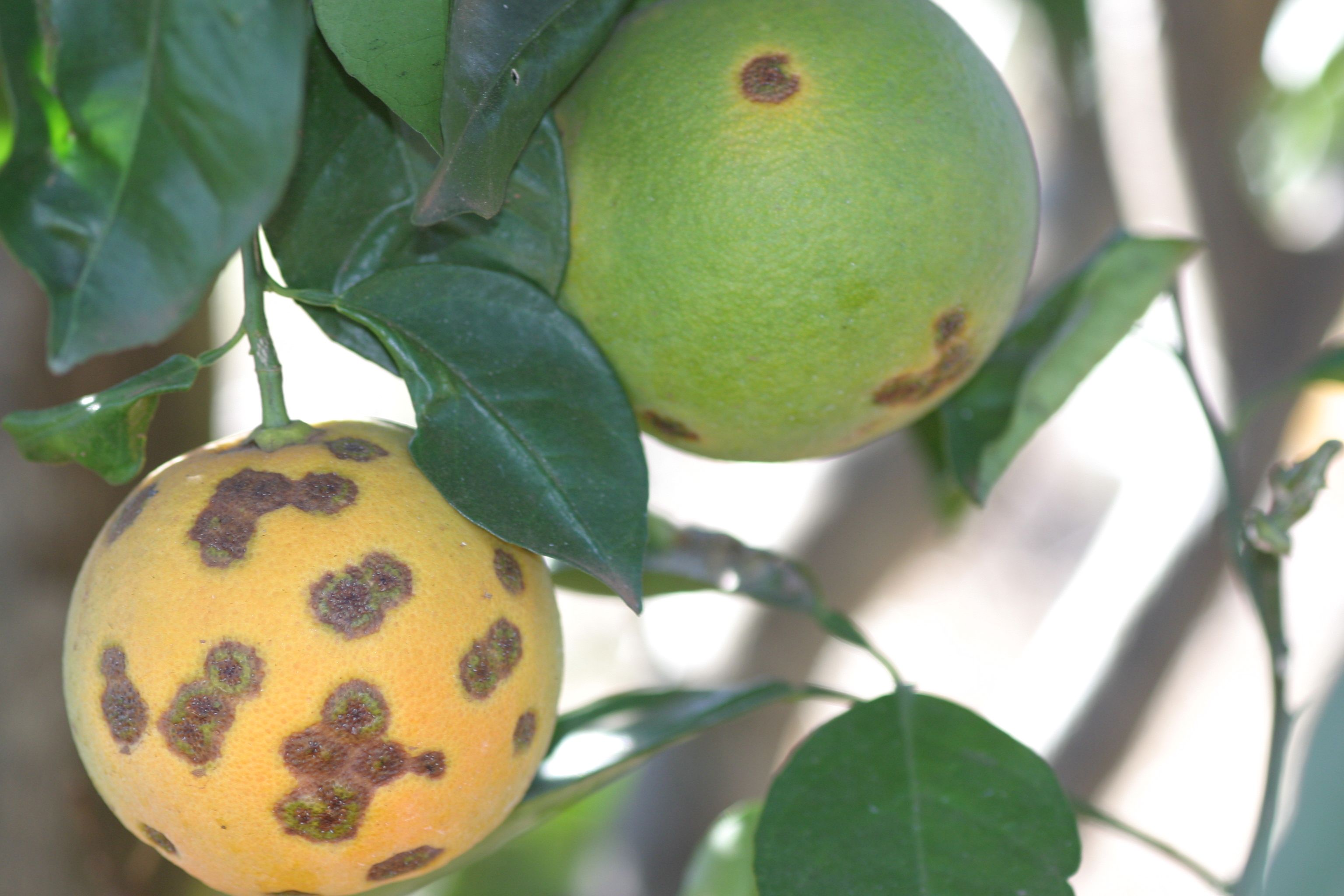
Credit: UF/IFAS
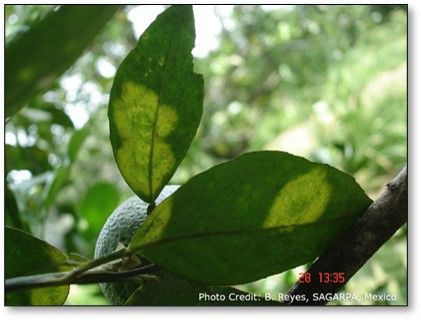
Credit: UF/IFAS
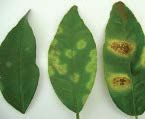
Credit: UF/IFAS
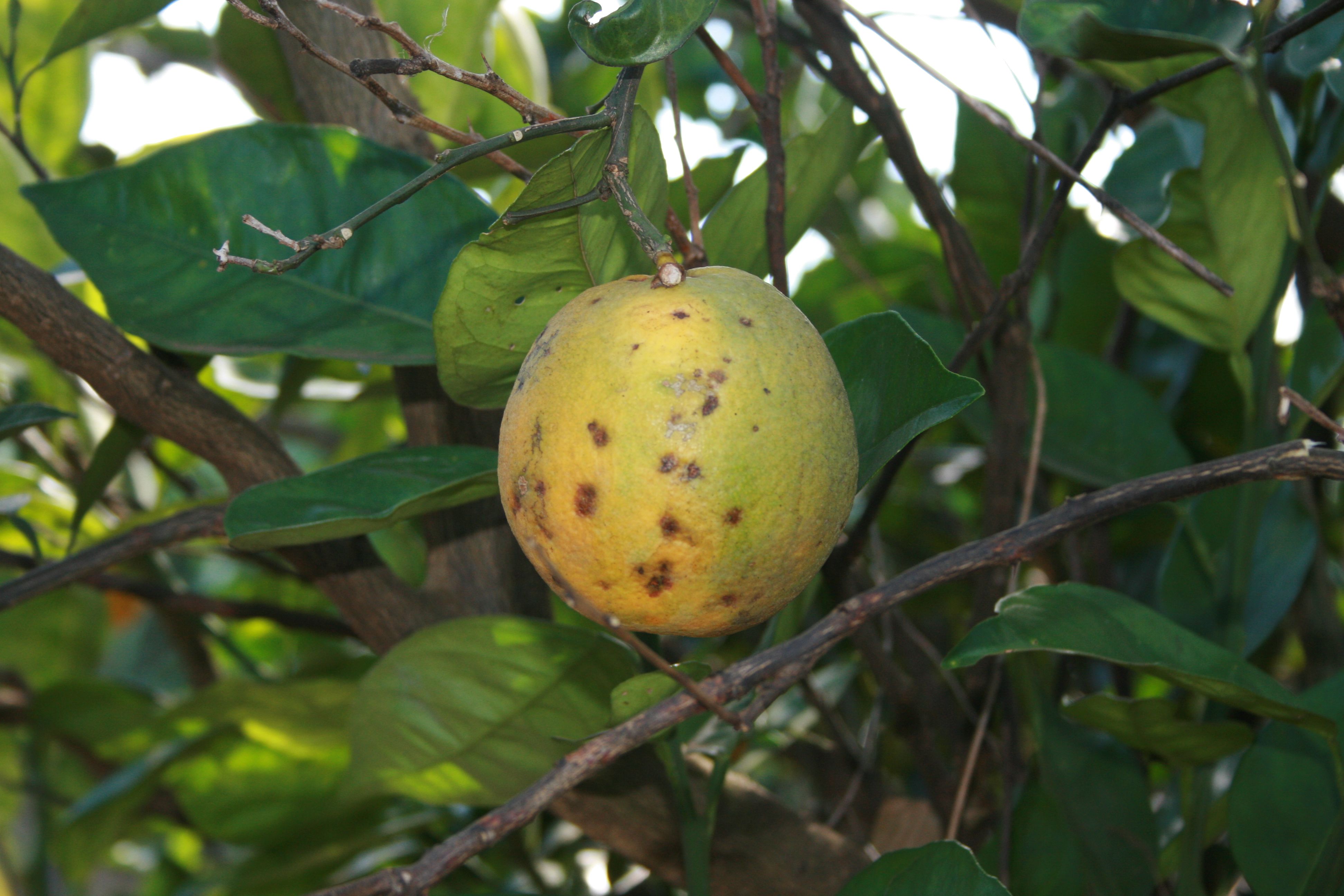
Credit: UF/IFAS
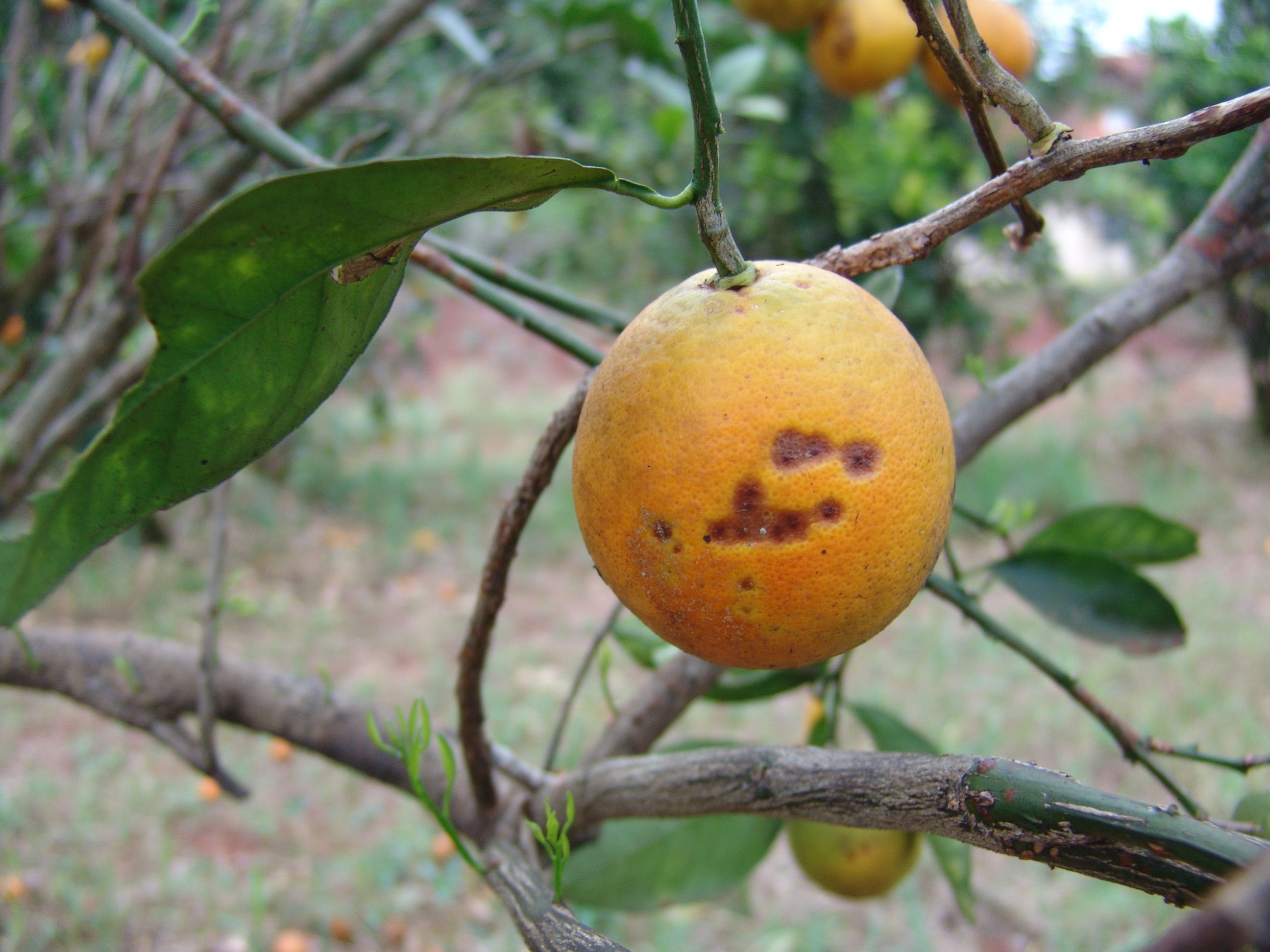
Credit: UF/IFAS
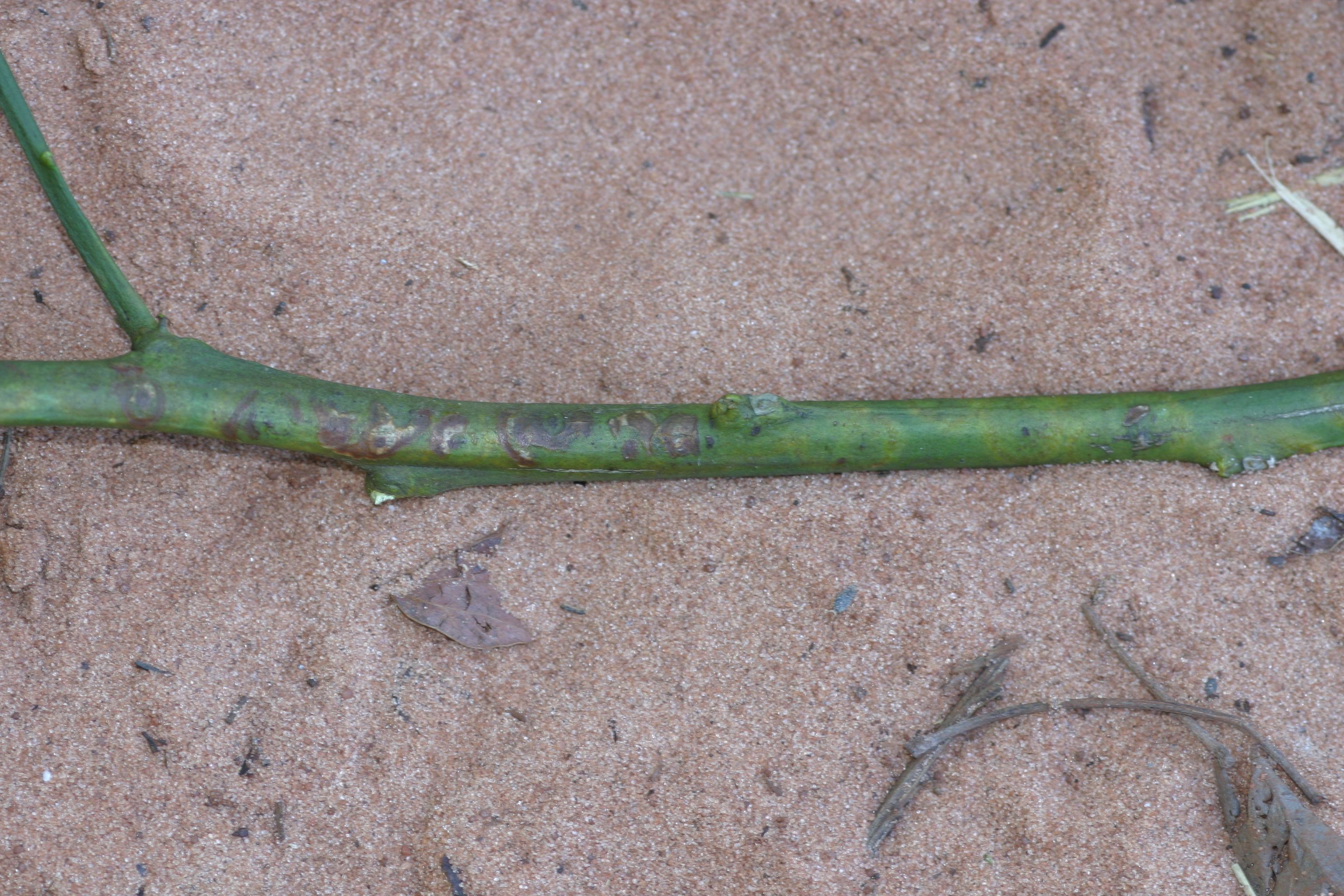
Credit: UF/IFAS
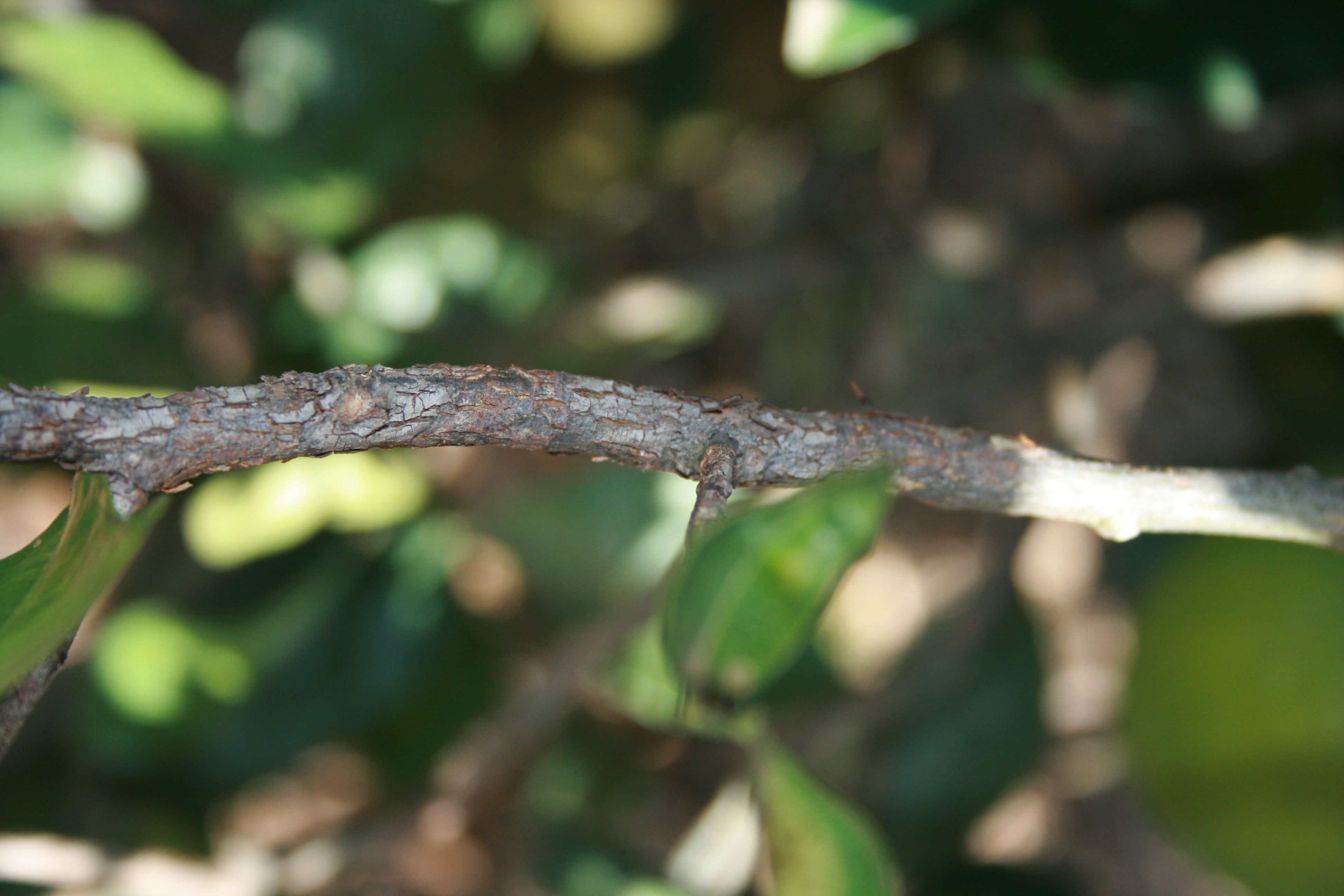
Credit: UF/IFAS